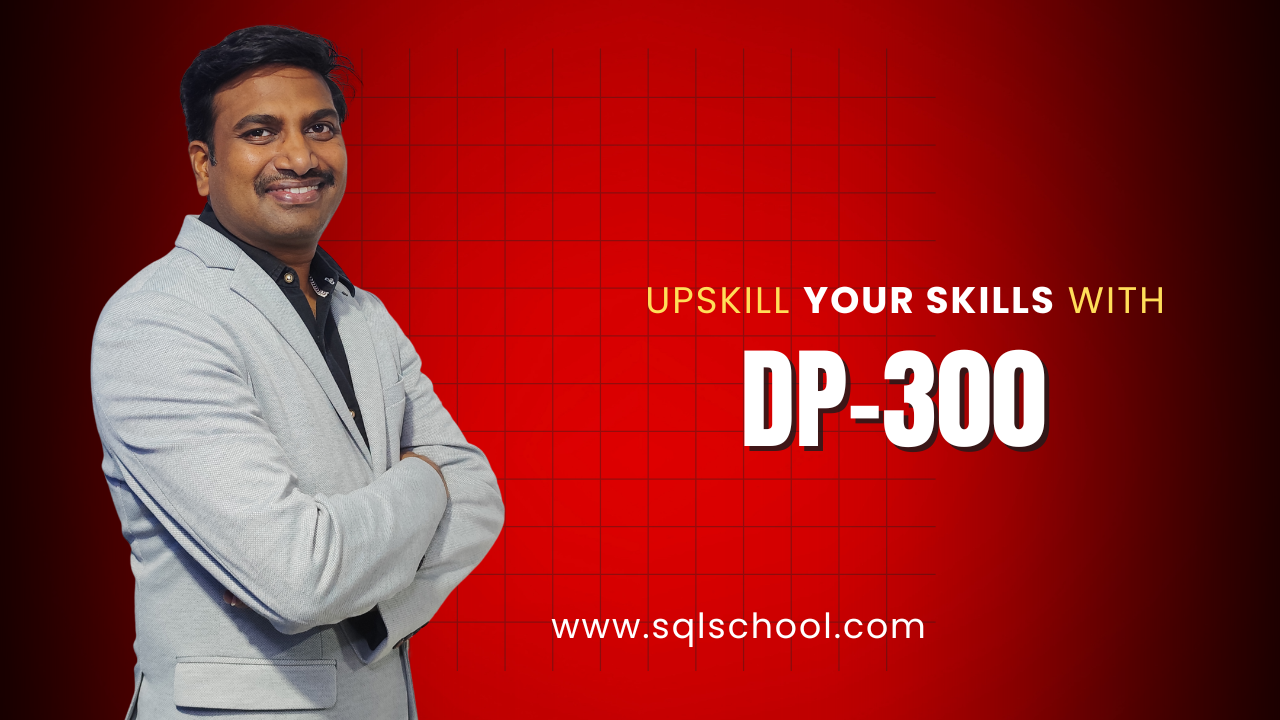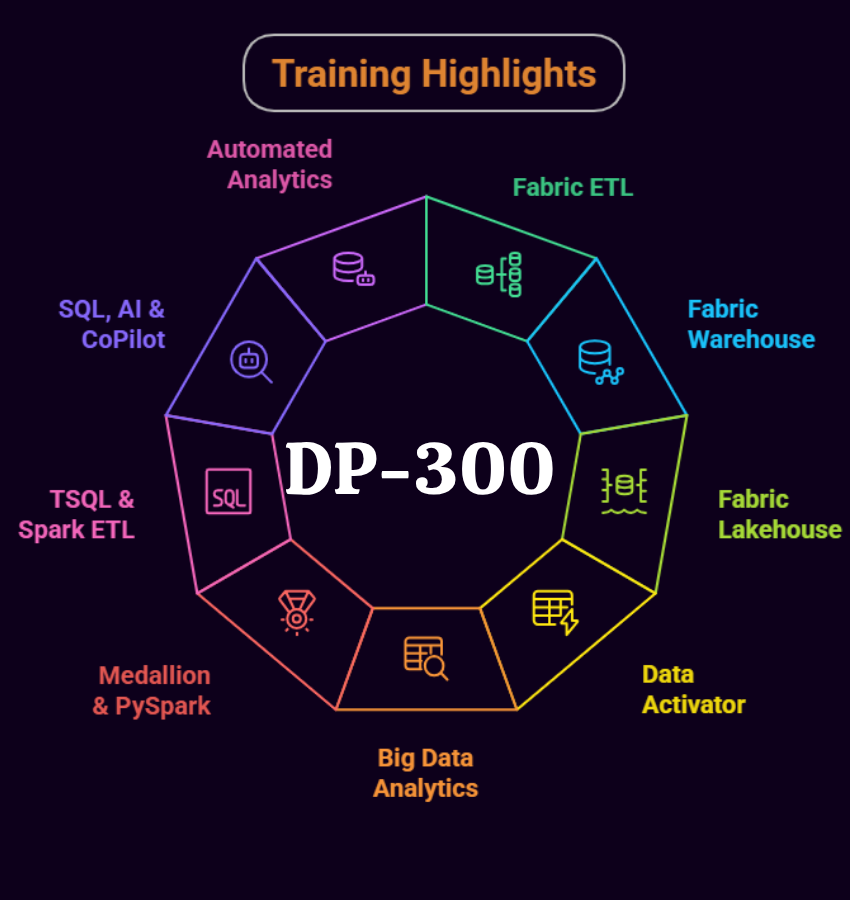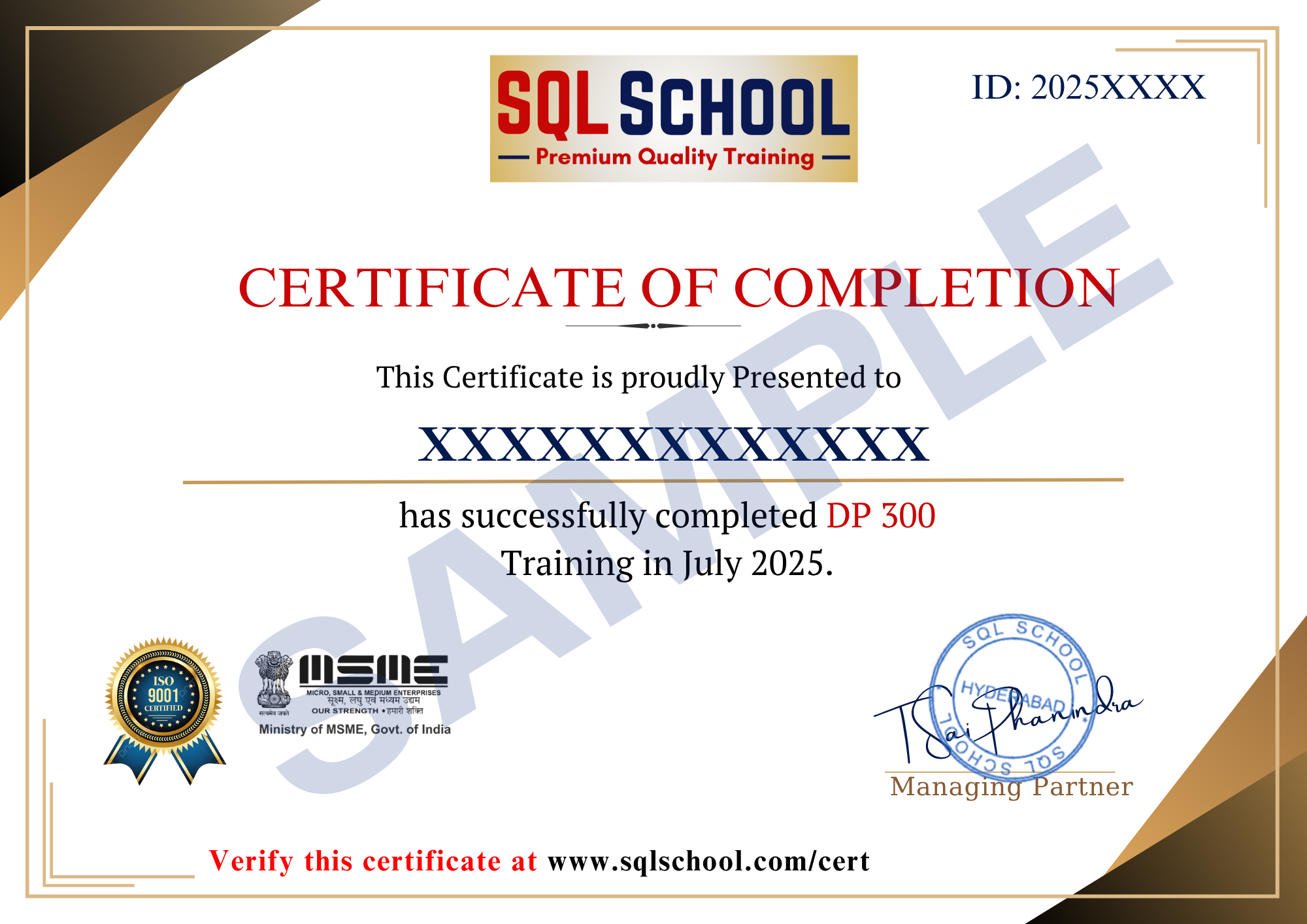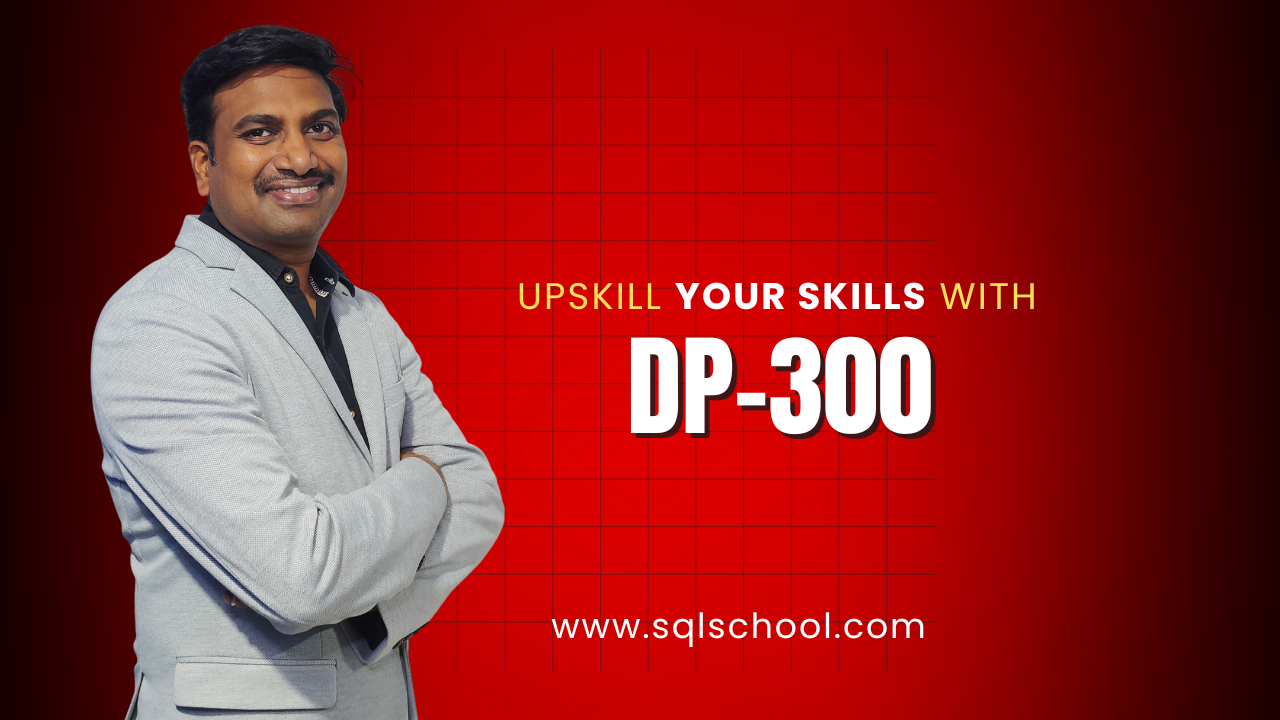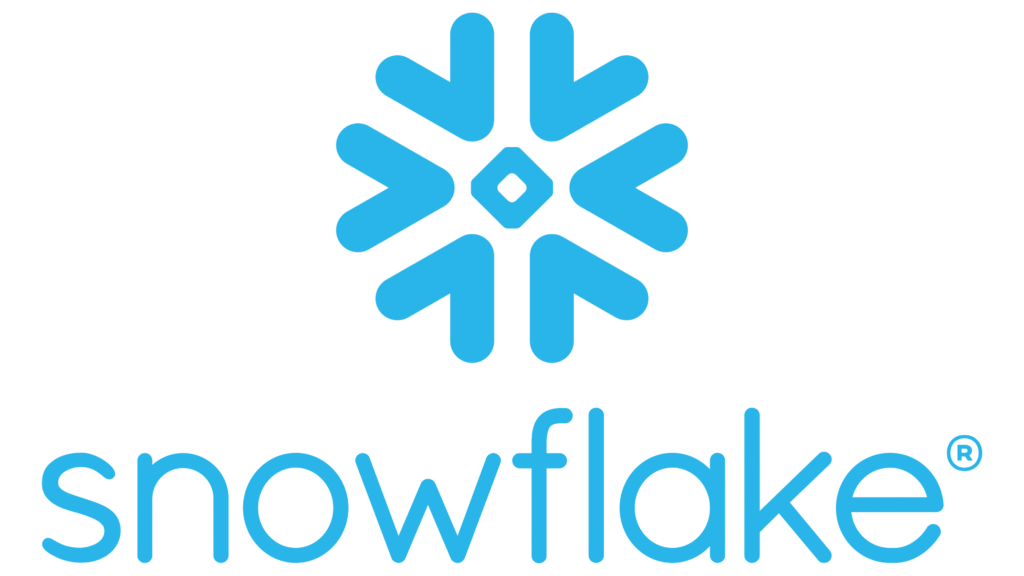DP – 300 is Azure Database Administrator Associate certification. This certification helps Cloud Database Administrators (DBAs) gain knowledge and test their skills Cloud Database Administrators (DBAs) job roles are always in demand. As an Azure SQL DBA, we are responsible for Cloud Database Maintenance, Automated & Manual Repairs, Troubleshooting, Optimizations, Cloud Computing, Updates, Upgrades, Security, Data Cleaning, HA-DR, Always-On (AG) Groups and more..
Azure DBA Job roles are always evergreen. As long as you have data in any enterprise, you need DBAs to manage it ! My SQL DBA with Cloud (Azure) are very detailed, step by step to make you a true and save Database Administrator. My course every aspect of Microsoft Cloud Database Administration with AI and automations.

